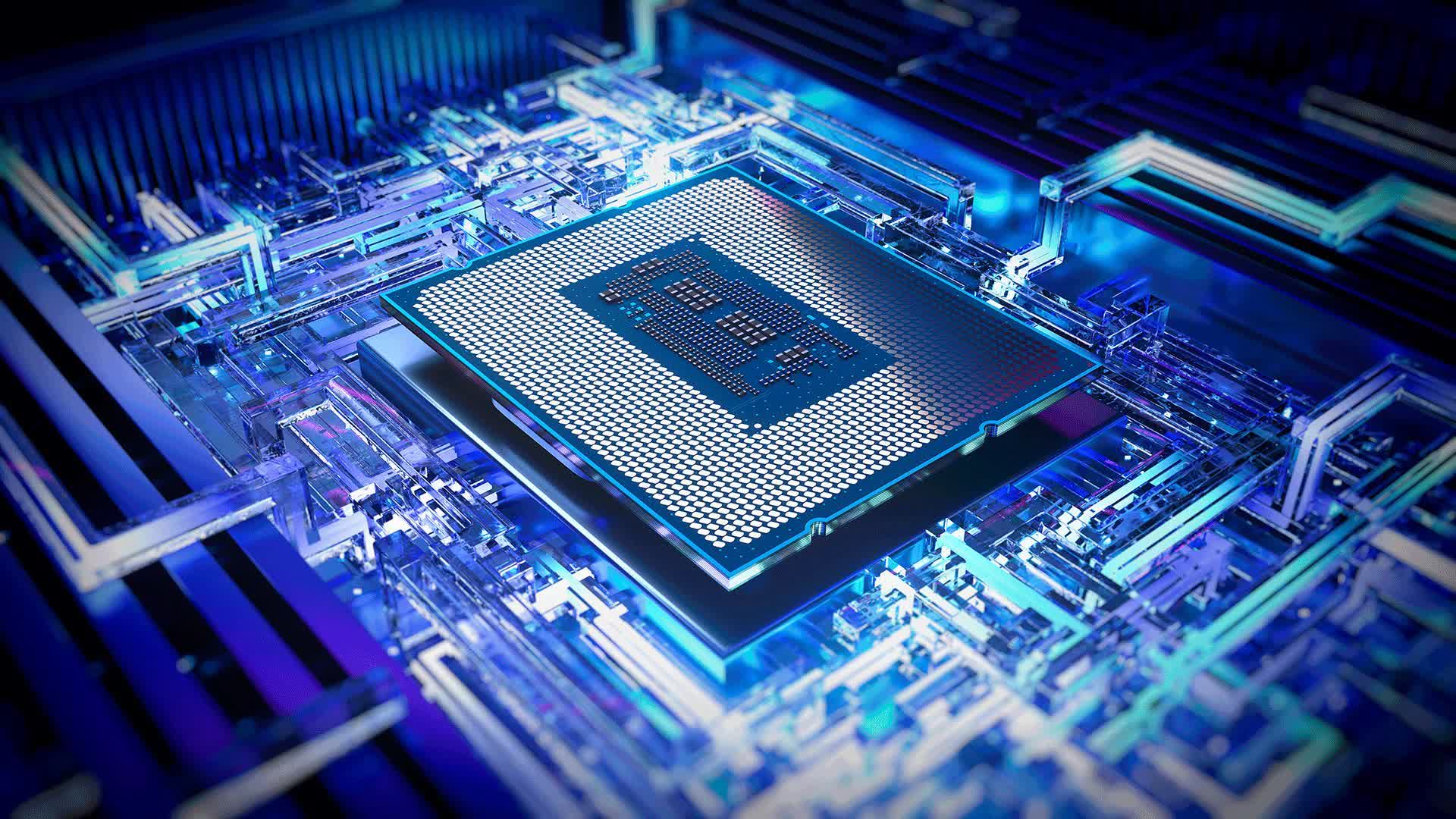Something to look forward to: Many of those left out of Nvidia's web video upscaling technology because they don't have recent RTX graphics cards might be able to try a solution Intel is working on. The company hasn't officially launched the feature, but some have tested it in the wild, with promising results.

A few websites have tried out Intel's competitor to Nvidia Video Super Resolution, which uses AI to upscale web video played in Chromium browsers like Google Chrome and Microsoft Edge. Intel hasn't indicated when it will launch the upscaler, but a launch command can currently activate it in Chrome.
Intel Video Super Resolution appeared in Chromium bug reports as far back as April of last year, which state that it's available on any Intel graphics technology since Gen 9. That includes any Intel integrated GPU since the ones that came with sixth-generation Skylake processors in 2015, and likely all Intel Arc dedicated GPUs. The functionality is compatible with Chrome version 109 or later and Intel GPU driver version 27.20.100.8681 or later.
The feature supports a far wider range of hardware than Nvidia's version, which only works on GeForce RTX 3000 series and 4000 series GPUs. The company plans to eventually update its video upscaler to include RTX 2000 series cards.
Update: it can be enabled in chrome by adding this command to the chrome properties
— Bionic_squash (@SquashBionic) March 3, 2023
--enable-features=IntelVpSuperResolution https://t.co/ufssQZVGuY pic.twitter.com/FMsUCirXxo
Team Green introduced Nvidia Video Super Resolution at the end of February. It's designed to upscale 720p and 1080p web videos (which comprise most video on the internet) on 1440p or 4K displays. It works on live streams, YouTube videos, and other services like Amazon Prime Video or HBO Max.
Intel's version serves the same purpose and appears compatible with a similar range of web streams. To use it, right-click the Google Chrome shortcut on the desktop (or in the file explorer if it's not on your desktop), head to the shortcut tab, and insert the command "--enable-features=IntelVpSuperResolution" outside the quotation mark at the end of the Target field. Then, click OK or Apply, and restart Chrome.
Afterward, the functionality should automatically work. Like Nvidia's solution, it consumes processor resources, so it's best not to run a game while watching videos. A couple of users posted results from streams of Apex Legends and Bakemonogatari. In both cases, Intel's upscaler noticeably cleans up the image. This proves it works well on 3D game footage as well as 2D elements like HUD text and animation, but it remains to be seen how it handles live-action content. Different Intel GPUs may provide different results.
https://www.techspot.com/news/97815-intel-developing-web-video-upscaling-like-nvidia-here.html